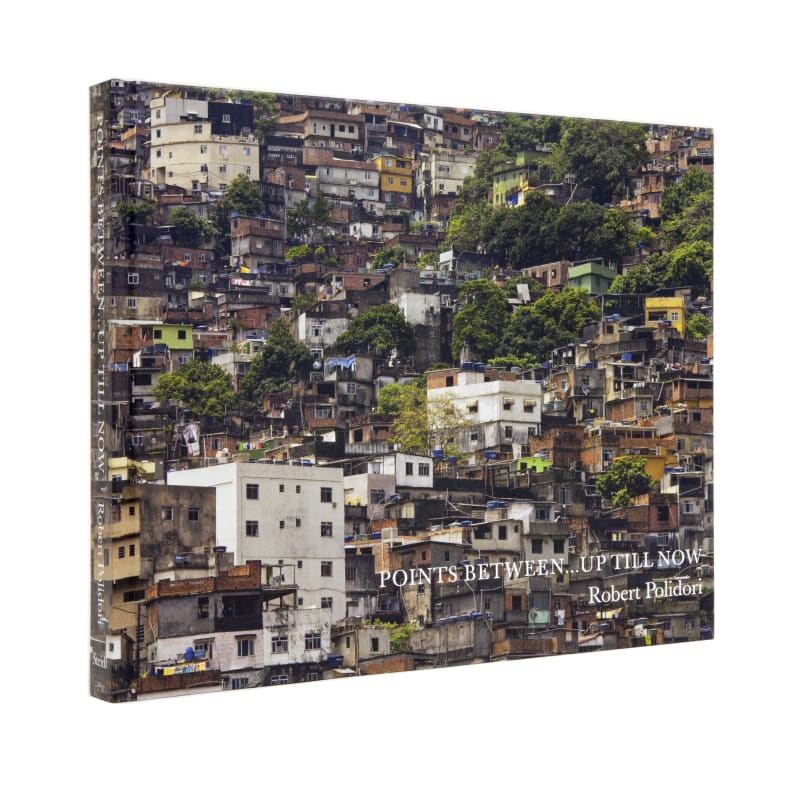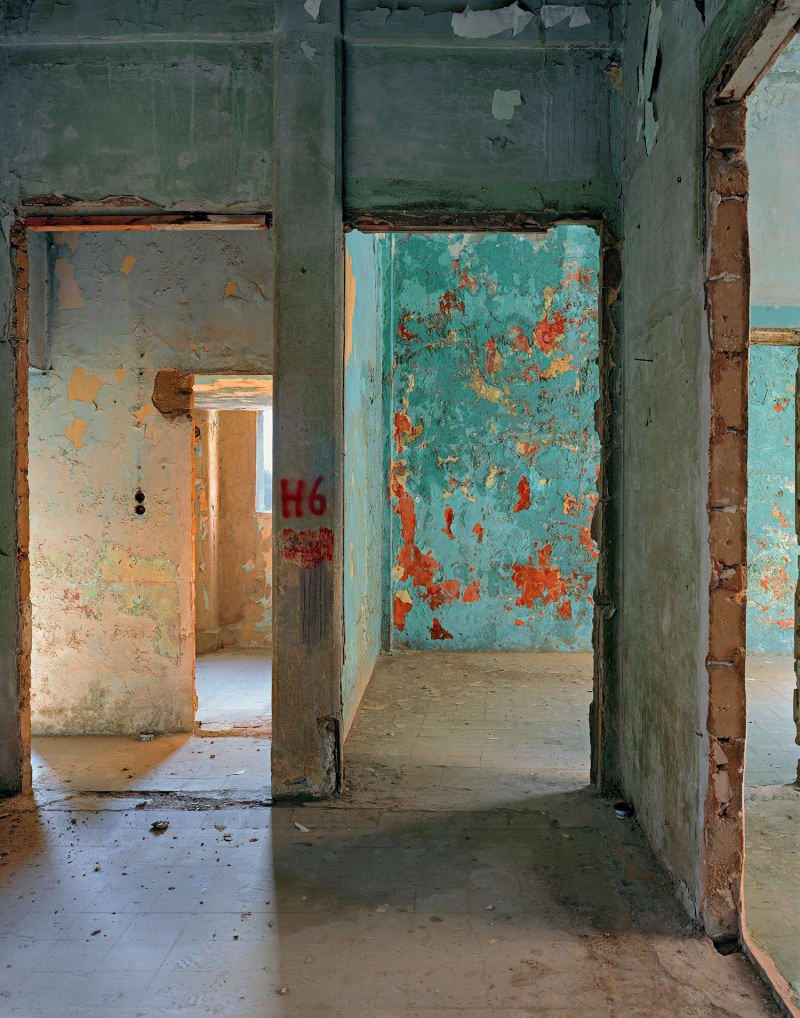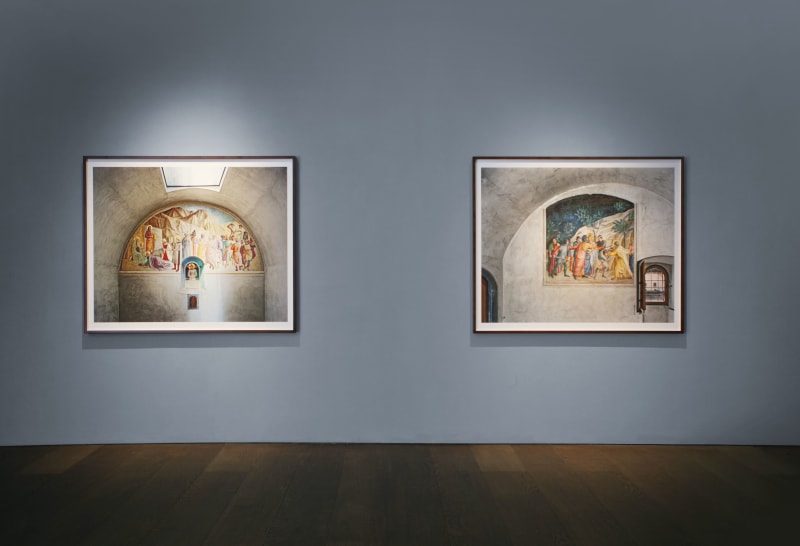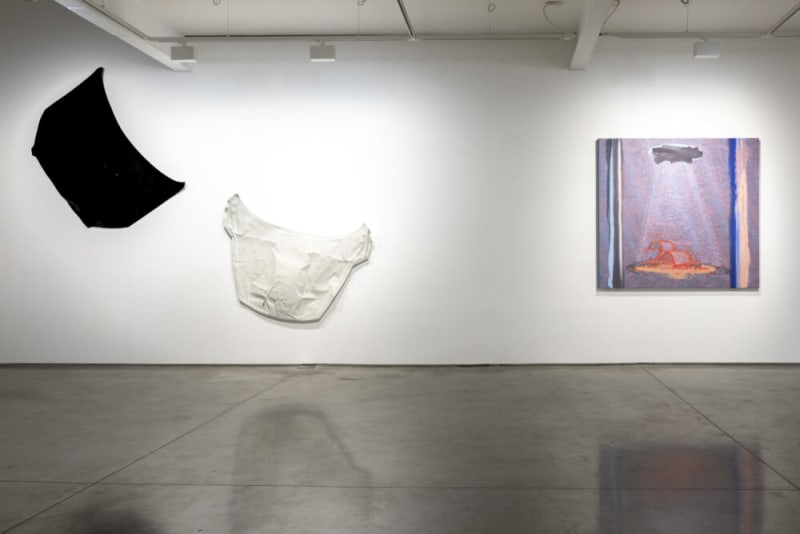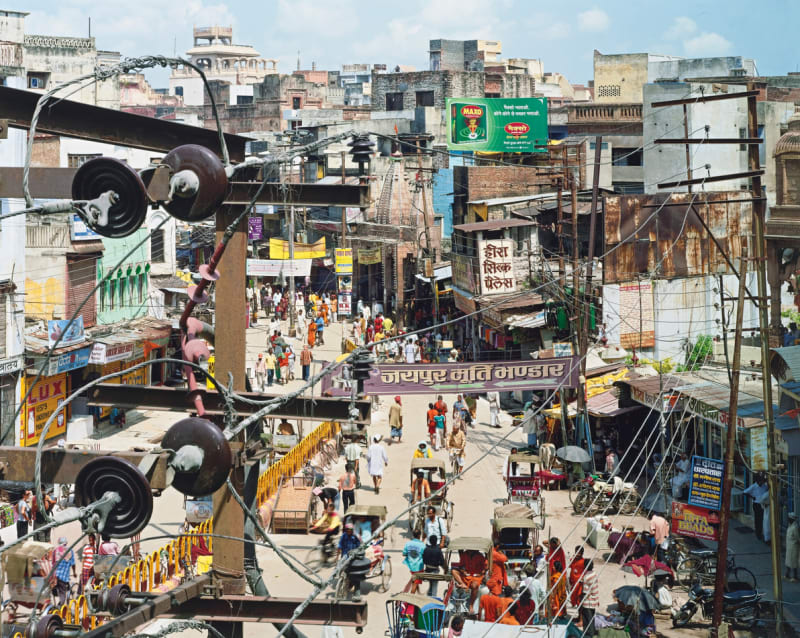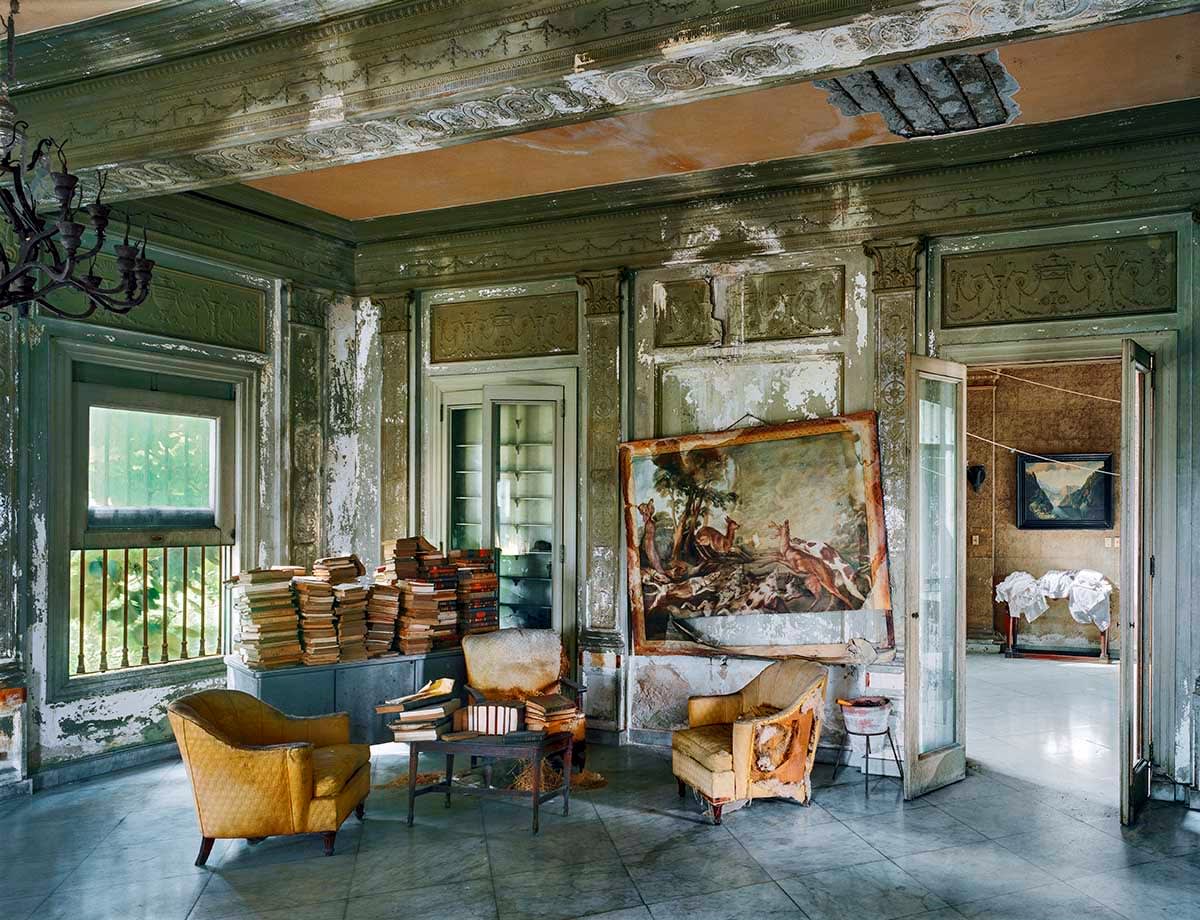
Robert Polidori
Biography
ROBERT POLIDORI (b 1951)
Robert Polidori was born in Montreal and is now based in California. He has documented numerous sites across the world, creating highly detailed, large-format colour photographs of places marked by the imprint of lives past and present. Polidori’s images reflect on notions of memory and history embedded within architecture.
Polidori began his career in avant-garde film assisting Jonas Mekas at the Anthology Film Archives in New York, an experience that critically shaped his approach to photography, based on ideas of temporality and stillness. While living in Paris in the early 1980s, he began documenting the restoration of Chateau de Versailles, and has continued over a 30-year period to photograph the ongoing changes to its interior.
He has gone on to photograph the crumbling majesty of mansions in Havana, Cuba; the deserted ruins of the 1986 Chernobyl nuclear disaster in Pripyat and Chernobyl. In 2005, he travelled to New Orleans to record the abandoned homes and devastation caused by Hurricane Katrina, with works from the series exhibited in his 2006 solo show After the Flood at the Metropolitian Museum of Art, NY. His bodies of photographic work have been the subject of more than 15 books published by Steidl.
Polidori's 2010 series of photographs Fra Angelico/Opus Operantis, exhibited in 2019 at Flowers, centered on the restored frescoed interiors in the 15th Century San Marco Convent by Italian Early Renaissance painter Fra Angelico. The photographs excavate the psychological structure of the rooms, exploring a connection between the calm interior spaces of the monk’s cells and the the spiritual charge of Fra Angelico’s striking masterworks depicting the life of Christ, which were designed to augment meditation and prayer.
Also available in alternative sizes.
Fra Angelico/Opus Operantis
The Fra Angelico/Opus Operantis series centres on the restored frescoed interiors in the 15th Century San Marco Convent by Italian Early Renaissance painter Fra Angelico. Polidori’s photographs excavate the psychological structure of the rooms, exploring a connection between the calm interior spaces of the monk’s cells and the the spiritual charge of Fra Angelico’s striking masterworks depicting the life of Christ, which were designed to augment meditation and prayer.



Versailles: Transitional States
A project that has spanned over twenty-five years, Versailles: Transitional States documents the transformation of the royal palace from symbol and heart of Ancien Régime France to a monument to modern day museumification. Polidori's images reveal the ambiguity involved in any restoration project: what happens to a room or structure when the old is made new? Versailles crystallises a very contemporary nostalgia complex. An 18th century palace restored by a modern society attempting to imagine itself as it once was, it is a visual citation of both past and present, a powerful invocation of history and modernity within the confines of a single frame.
For Polidori, rooms play a role as 'memory theaters' and receptacles for meaning. The paintings, sculptures and decorative elements that embellish the crumbling walls of the palace are symbols of historical displacement, players in the perpetual re-enactment of a simulated past.


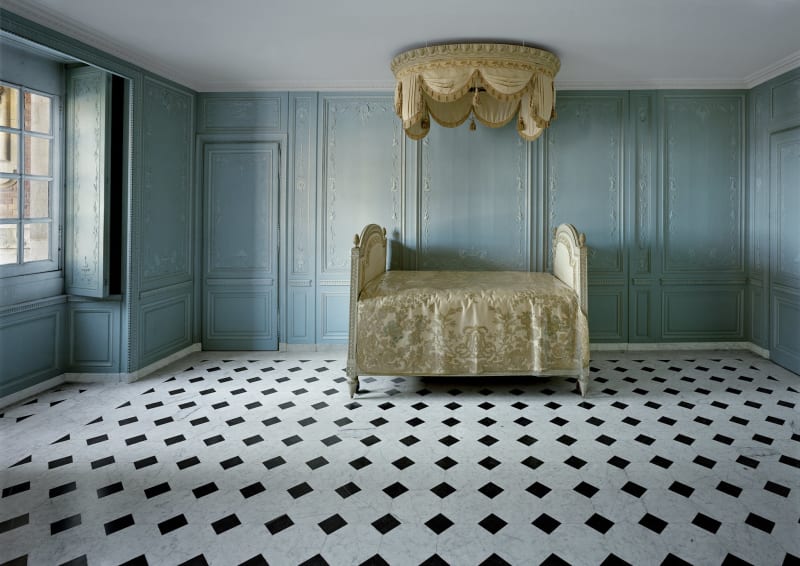


After the Flood
In late September 2005, Polidori travelled to New Orleans to record the destruction caused by Hurricane Katrina. Arriving at night he found few remaining inhabitants amongst the devastated ruins of the city. The next day he began photographing and entering the abandoned houses, many of which were still water-logged or carried the 8 ft tide-mark of the floods. Slowly he began to learn the system of graffiti signs and codes applied to the exterior of the buildings by the rescue forces. Each room he entered seemed to Polidori to be like a womb and he thought of his photographs as the work of a psychological voyeur, mapping the lives of the absent people through their abandoned belongings. The discovery of an abandoned body in one house reinforced his struggle with the problem of making beautiful images from human disaster. As with all his work, Polidori has succeeded in producing much more than a series of documentary images.
Zones of Exclusion; Pripyat and Chernobyl
India
Havana
Beirut
Exhibitions
Shop
